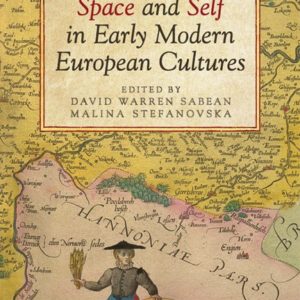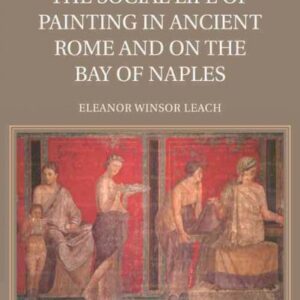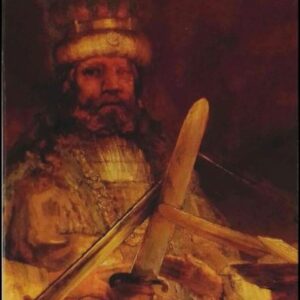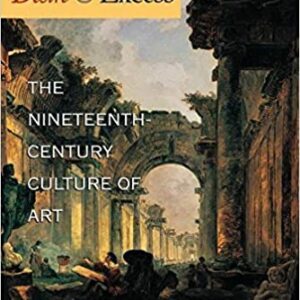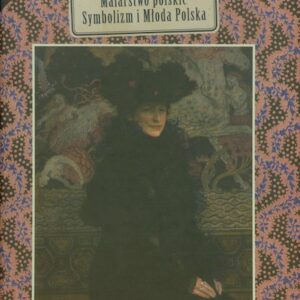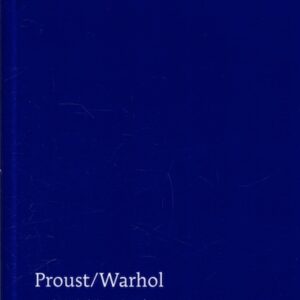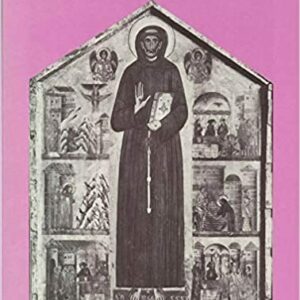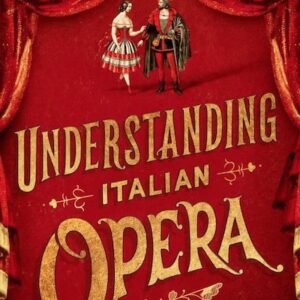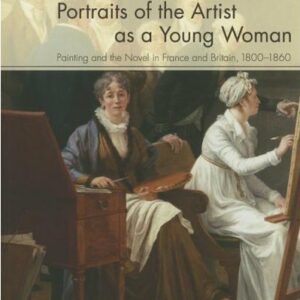
Portraits of the Artist as a Young Woman: Painting and the Novel in France and Britain, 1800-1860
By Alexandra K. Wettlaufer (NHC Fellow, 2007–08) Women in the studio: representing professional identity — "Why are you no longer my brothers?" The Fraternité des arts and the female artist in Marceline Desbordes-Valmore's L'atelier d'un peintre — Sisterhood in/as the studio: Anna Mary Howitt's sisters in art — Visualizing imagined communities: lessons of the female … Continued
